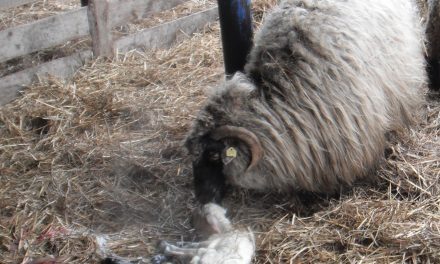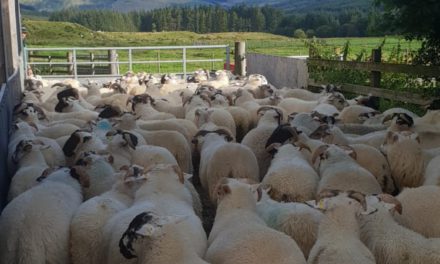This post is also available in:
![]()
![]()
![]()
![]()
![]()
Prevention strategies against Clostridial diseases
Solution name: Prevention strategies against Clostridial diseases
Aim: Hereafter we propose the basic steps for preventing sheep against Clostridial diseases
Description:
The bacterial species of genus Clostridium are anaerobic microorganisms that might be present in the environment for long time via forming spores. The latter means that infection of sheep by Clostridium spp. is almost unavoidable. Once the bacteria enter into the body of sheep they start to produce toxins. Depending on the bacterial species, there are toxins that may cause sudden deaths, severe diarrhea or neurological signs. Clinical disease cannot be eliminated by antimicrobial treatment because the cause is the toxin and not the bacteria. Therefore, prevention is the only way of prophylaxis. Successful prevention can be achieved through feeding practices and vaccination modalities.
Topic: health/nutrition/management
Production: Dairy / Meat
Animal Category: Adult / Lamb / Replacement
Issue: Clostridial diseases
Level of Solution: Knowledge, Practical
Country: Greece

How to implement it
As we said before there are two main point of prevention, feeding practices and vaccination modalities.
Regarding feeding practices: It is well known that Clostridium spp. are propagated rapidly in environments with high concentration of proteins. Feeding of sheep with fresh grass that contains high percentage of proteins is predisposing factor for disease. Therefore, it is very important to provide fresh hay to the animals for ab libidum consumption. In that way, the animals consume less quantity of fresh grass when they have access to the pasture.
Regarding vaccination modalities: A wide variety of commercial vaccines is available. Most vaccination programs target the pregnant ewe so that maximal immunity is transferred to the neonate by colostrum. Most commercial vaccines are inactivated and usually contain 2-, 4-, 7-, or 8-way combinations of clostridial organisms. Two doses with one month interval with the second boosting one month before birth seems to provide adequate protection for lambs. In addition, lambs that will be kept for reproduction should be included in the vaccination program that is implemented for adult animals.
Expected benefits
– eliminating the newborn loss
– decreasing of adults loss
– eliminating the use of antimicrobials
Information Source / Usefull links
- Clostridial Vaccines – Generalized Conditions – Veterinary Manual (msdvetmanual.com)
- Εκτροφή προβάτων και αιγών: Τι πρέπει να ξέρω; ΕΛΛΗΝΙΚΟΣ ΓΕΩΡΓΙΚΟΣ ΟΡΓΑΝΙΣΜΟΣ – ΔΗΜΗΤΡΑ, Ινστιτούτο Κτηνιατρικών Ερευνών, Θεσσαλονίκη 2017 ISBN: 978-960-98079-2-0






